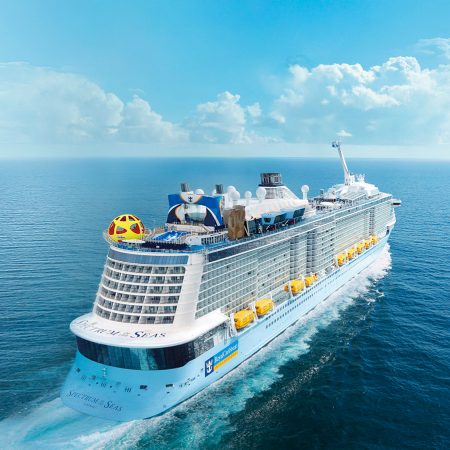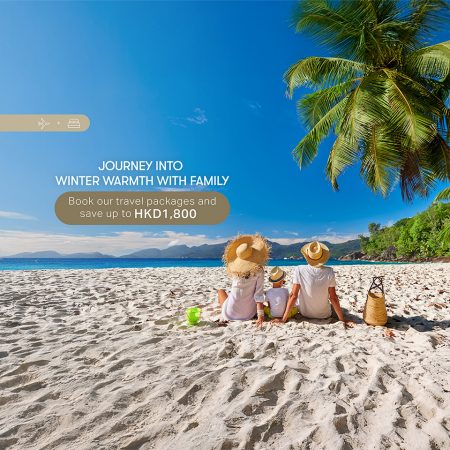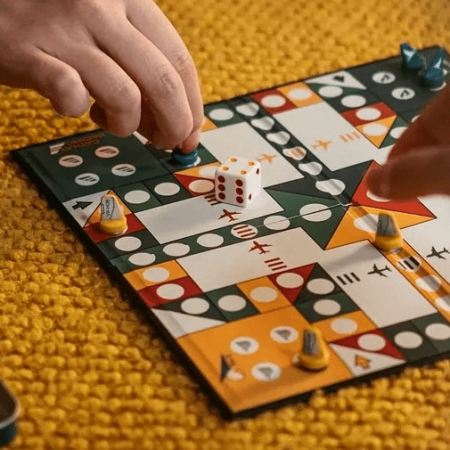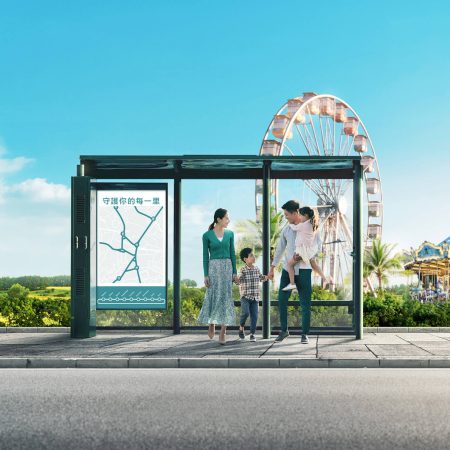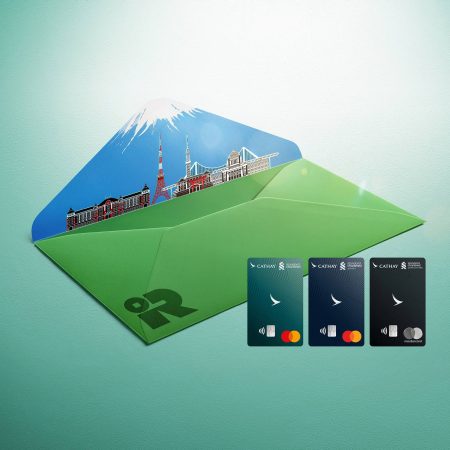Kaohsiung ups its arts
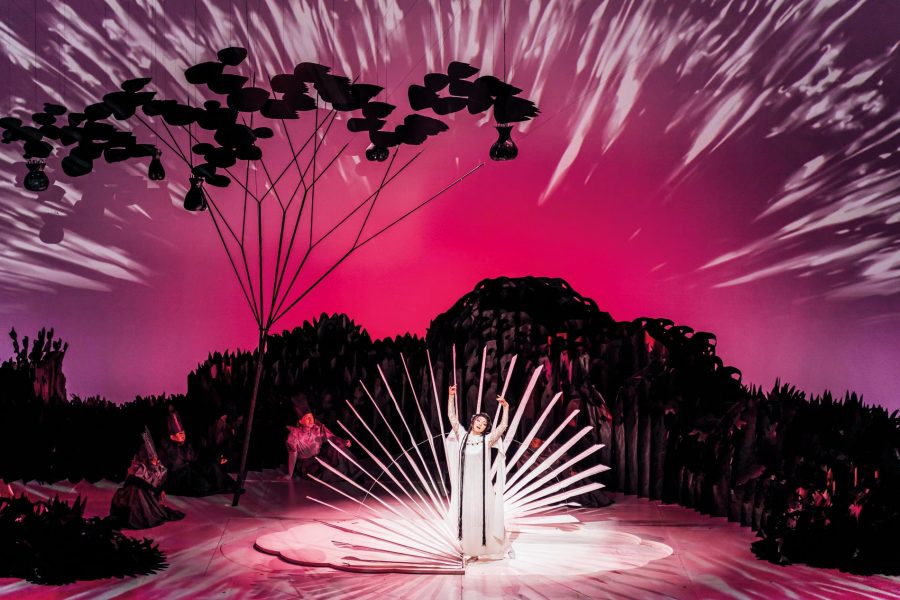
There I stood, mesmerised by the changing bluish glow of James Turrell’s Corinth Canal, Diamond . For a split second, I’d forgotten where I was, until I looked down at the aged, institutional tile flooring – so different from the modern spaces in which Turrell’s art is usually hung. No, I wasn’t in Miami or New York. Neither London nor Hong Kong. I was in Kaohsiung.
When it comes to arts and culture in Taiwan, China, perhaps you’d think first of Taipei or even Taichung. But art in Kaohsiung, just an hour or so south of the capital by high-speed rail, is quickly capturing attention on the global cultural radar. No longer just a city known for its manufacturing industry, it’s now dotted with arts establishments that rival those of Asia’s greatest metropolises, supported by a government policy to elevate the city’s status on the creative map. The ALIEN Art Centre is only one of many such venues that have contributed to the coastal city’s recent rise as a new cultural hub. And not just any cultural hub, but one that prioritises international exchanges as it continues to build momentum.
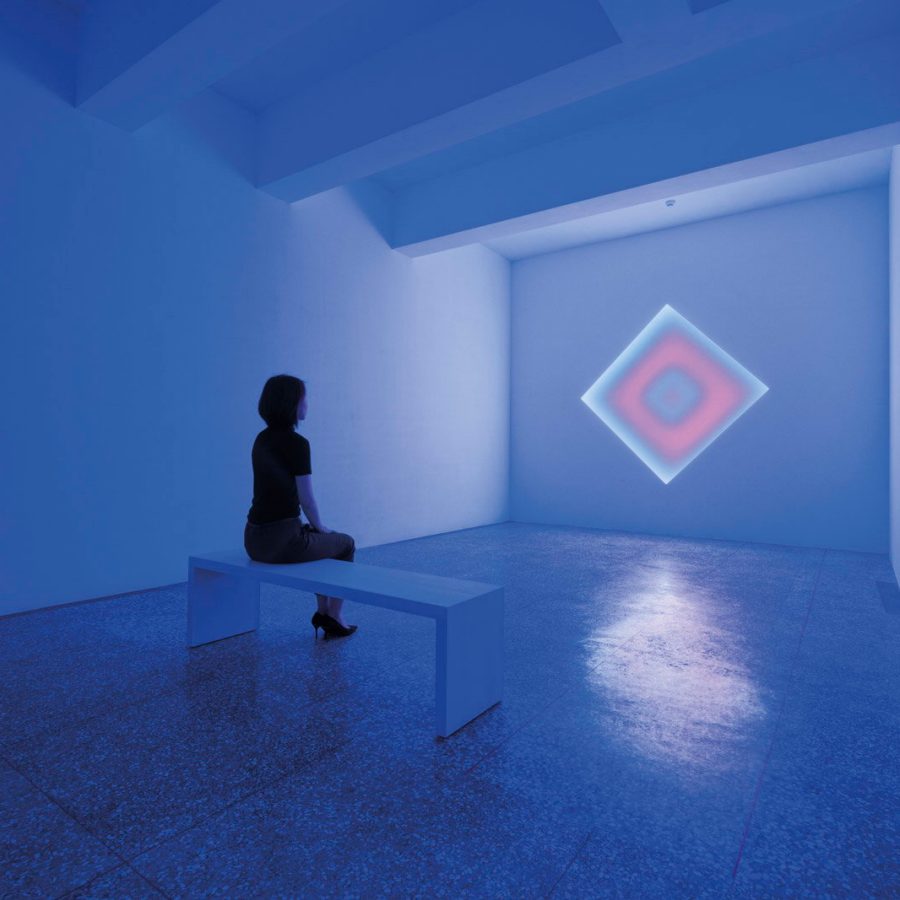
Credit: ALIEN Art Centre
The ALIEN Art Centre opened in November 2018. Before that it was the Kinma Military Hostel, a barracks built in the 1960s. The structure of the building hasn’t changed in 60 years; vertical pillars on its facade seem to illustrate its street address: 111 Gushan 1st Road.
Inside, the barracks are beautifully refurbished, with their original floorplan intact, original brickwork and floor tiles recovered and preserved. Apart from the former communications room that pays homage to the site’s history, other rooms showcase contemporary work from both local and international artists, with some as rare and exceptional as Turrell’s, which hangs as a permanent exhibition. The art centre is named after A-Lien, the hometown of founder Shao Yung-tien, but the title carries multiple meanings. ‘We are in our hometown, but we would like to introduce international resources to the land,’ says Shao Yaman, CEO of ALIEN Art Centre. ‘Shouldn’t art feel like it’s from an alien planet anyway?’

Credit: Pier 2 Art Center
An established painter herself, Shao appreciates the rarity of the centre’s locale: a bustling street on one side, the idyllic Shoushan Mountain on the other. This kind of location, Shao says, just doesn’t come along in many other cities. Kaohsiung also has the infrastructure to support an ambitious art landscape. New York, Paris and London all have a waterway and international airports; well, so does Kaohsiung, and it also has a terminal and marina for ferries and yachts, and light rail and underground systems.
These transportation networks can bridge the distance between Kaohsiung and its neighbouring arts hubs to create a wider ecosystem. ‘People don’t necessarily need to be based in one place to look at art,’ says Shao. ‘Those on the same wavelength as us won’t mind travelling for it.’

Credit: ALIEN Art Centre
Mainly, she hopes that Kaohsiung can become an arts platform where everyone feels welcome. ‘Beautiful buildings aren’t enough, so we are working hard to connect with international resources and diverse cultures,’ she says.
The art centre isn’t the only project under the ALIEN umbrella. The art group also curates pieces for boutique hotel Silks Club , where art fills every corner and guests can purchase works that hang in their rooms. In the hotel lounge, I’m bewitched by Olafur Eliasson’s dreamy Lunar Watch. Distracted by the reflecting sunlight and shadows cast off this gleaming circle of silvered crystal globes, I miss my lift.
And if there’s any piece that can encapsulate the city’s attitude towards art, it’s the hotel lobby’s Dancing Particles by ART + COM Studio. One hundred and sixty-eight floating metal spheres hang above a still pond, representing the total number of hours in a week as well as the number of prime numbers below 1,000. They’re a literal reflection of the role that art plays in our everyday lives.
Later in the lounge, while distracted (again) by a new-media piece by Taiwan artist Kuo I-chen, I almost miss my ride to the Kaohsiung Center for the Arts .

Also known as Weiwuying, it is simply enormous. It sits on a 9.9-hectare lot on the 47-hectare Weiwuying Metropolitan Park, formerly the site of a military camp. Housing four full-sized performance halls under one roof (and one outdoor theatre), it’s the largest arts venue of its kind in the world. Dutch architect Francine Houben of Mecanoo Architects took inspiration from billowing banyan trees for the design of the centre, which opened its doors in October 2018.
From the outside, Weiwuying’s undulating shape is impressive; enough steel rods were used in the structure to build the Eiffel Tower three times over. Inside, it’s equally astounding: at full capacity, the indoor venues – the Concert Hall, Recital Hall, Playhouse and Opera House – seat a total of 5,861. I peeked in as the Concert Hall was being set up for the next night’s sold-out performance in the Harry Potter Film Concert Series, in which a film is shown while an orchestra plays the score alongside. The true wizardry here, though, is the state-of-the-art acoustic and digital technology, able to alter the sound dynamics of the room to cater to each individual performance. And the pièce de résistance is the enormous pipe organ, which with 9,085 pipes is the largest in Asia.

Credit: Kaohsiung Center for the Arts (Weiwuying)
But Weiwuying isn’t a venue you need a ticket to enjoy. The Banyan Plaza , at street level, is open 24 hours a day. It hosts public yoga sessions, movie nights and busking events. Visitors can picnic in the park. It’s a centre for the arts, but it’s also intended as a centre for the people.
Blue skies accompanied me along the light rail tracks to the harbourside Pier-2 Art Centre, which is made up of graffiti-strewn buildings. For the most part, the 25 former warehouses of the Taiwan Sugar Company are now shops, cafes and exhibition spaces, with the addition of a cinema, a music venue and a railway museum.
They also house art studios, and during my visit two artists were at the tail end of their three-month residencies. One of them, Mina Nasr, is from Cairo and reinterprets the cultural identity of cities in his installations. With A Possible Environment , he reimagines the future of Kaohsiung, using blocks and cones to represent a cityscape.
‘It surprised me to see how Kaohsiung is super developed and that it accepts all differences,’ he says. It was important for Nasr to immerse himself in the local environment and culture. ‘We don’t need to be in the capital city; I’m here to discover something else. Smaller cities have the potential to grow.’

Credit: Pier 2 Art Center
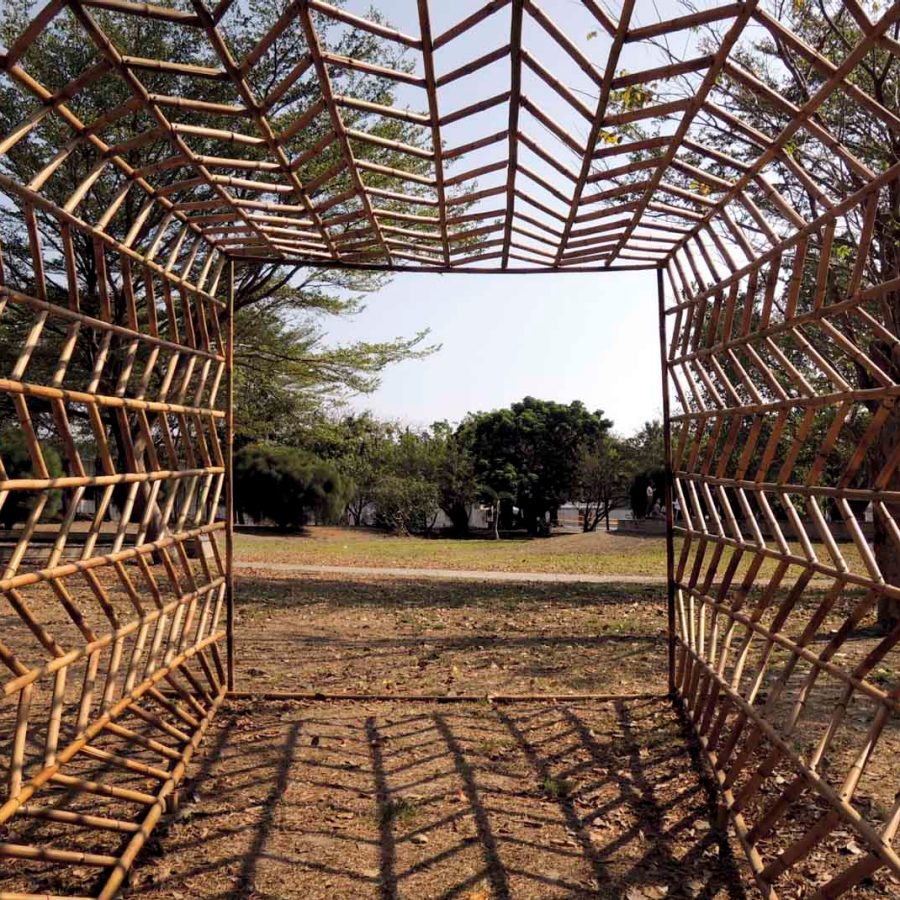
Credit: Tamas Szvet
The next day, Pier-2 was hosting the Megaport Music Festival, the largest indie music festival in Taiwan.
Nearby, the new 4,000-seat Kaohsiung Music Center has opened as a dedicated pop music concert hall. A new cruise ship terminal is also taking shape, just a short distance away from the convention centre. Kaohsiung is not only bridging the gap from city to city – but also from people to art.
‘Kaohsiung has the energy to make it big,’ says Shao. ‘Every city will digest and have new life, and for the new Kaohsiung, that’s art and culture.’ And we’re just at the beginning: ‘You might feel alone when you light a candle in the dark. But if they are attracted by the flame, people will come close, even from all the different corners of the world. So we will be able to form something even bigger.’
More inspiration
Kaohsiung travel information
- China – the Chinese Mainland, Hong Kong SAR, Macao SAR and Taiwan Region
- Hong Kong SAR - English
- Chinese Mainland (China) - English
- Taiwan, China - English
- 香港特別行政區 - 繁體中文
- 中国內地 - 简体中文
- 中國台灣 - 繁體中文
- Africa
- South Africa - English
- Asia
- Bangladesh - English
- Korea - English
- Singapore - English
- Cambodia - English
- 한국 - 한국��어
- Sri Lanka - English
- India - English
- Malaysia - English
- Thailand - English
- Indonesia - English
- Maldives - English
- ประเทศไทย - ภาษาไทย
- Indonesia - Bahasa Indonesia
- Myanmar - English
- Vietnam - English
- Japan - English
- Nepal - English
- Việt Nam - tiếng Việt
- 日本 - 日本語
- Philippines - English
- Australasia
- Australia - English
- New Zealand - English
